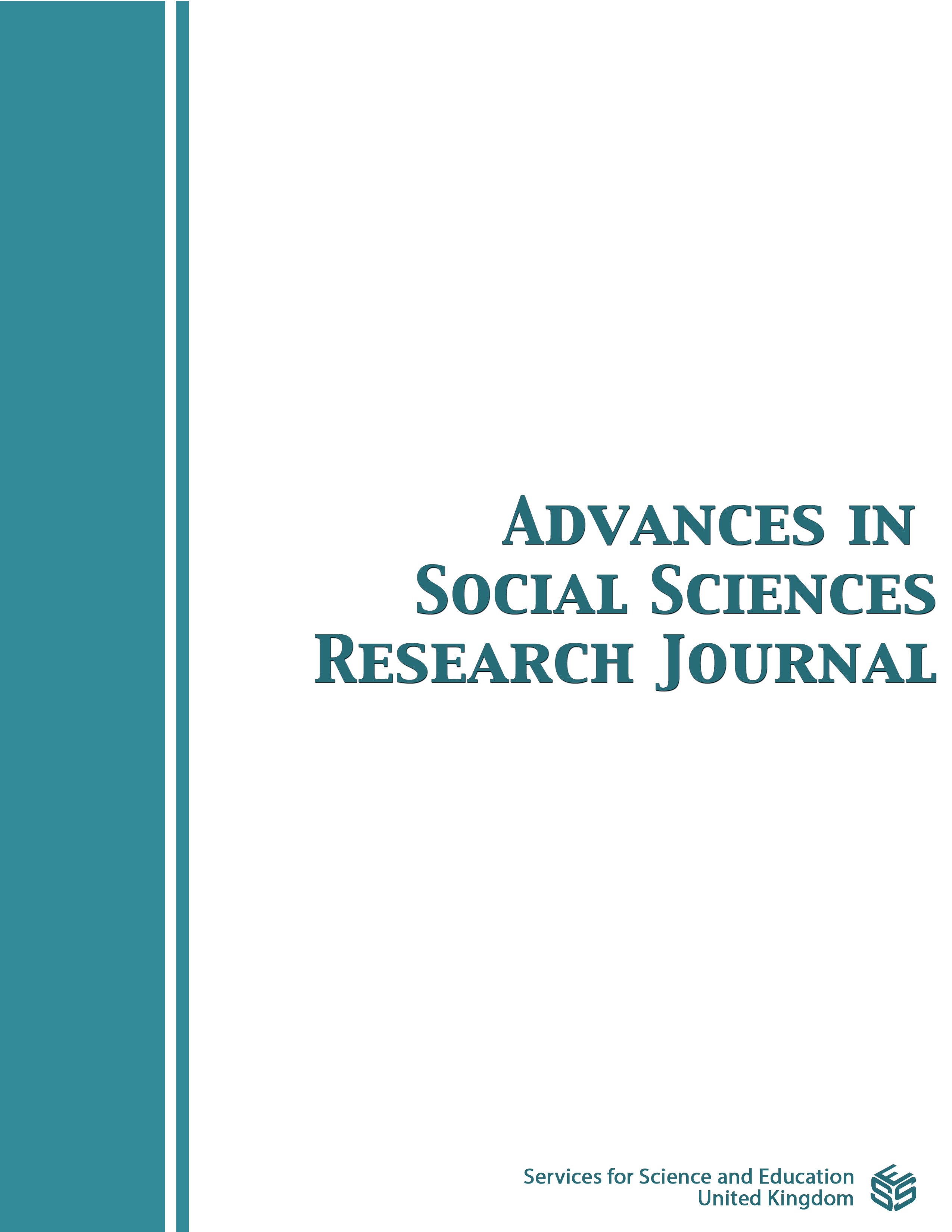Forensic Accounting: Exploration of Trends and Theme via Bibliometric Analysis
DOI:
https://doi.org/10.14738/assrj.119.2.17405Keywords:
Forensic accounting, Bibliometric analysis, VOS Viewer, Harzing’s Publish, PerishAbstract
In today’s technologically advanced era, the demand for forensic accounting has significantly increased, highlighting the growing severity of accounting fraud issues. Forensic accounting has emerged as a crucial field in the detection and prevention of financial fraud, tax evasion, and other financial crimes. This study aims to contribute to the ongoing discourse by uncovering publication trends, identifying prevalent keywords, shedding light on the geographical concentration, and suggesting the future direction of research on forensic accounting. The study is based on a bibliometric analysis of 297 articles from the Scopus database using the TITLE-ABS-KEY approach. Microsoft Excel is used in analysing the frequency of published materials using the corresponding tables and charts. In addition, the VOSviewer software is used to create bibliometric networks and Harzing’s Publish or Perish software is used to assess the citation metrics of the articles. The analysis shows that the number of publications on forensic accounting is increasing, especially between 2020 and 2024. The articles were cited 2914 times, which corresponds to an average of 9.81 citations per article. The results show that the top five common keywords discussed in this area are forensic accounting, fraud, auditing, accounting, and fraud detection, which can be grouped into 5 clusters. The United States, Jordan, Malaysia, Canada, India, and Indonesia are among the countries that contribute to publications in this area. This study offers some insights regarding the future development and advancement of forensic accounting studies in the academic literature of Business, Management and Accounting; Economics, Econometrics and Finance and Social Sciences, as well as provides helpful information for academics and practitioners looking to analyse and delve deeper within this field of research.
Downloads
Published
How to Cite
Issue
Section
License
Copyright (c) 2024 Nur Syuhada Adnan, Syafiq Abdul Haris Halmi, Noor Emilina Mohd Nasir, Suraya Ahmad

This work is licensed under a Creative Commons Attribution 4.0 International License.
Authors wishing to include figures, tables, or text passages that have already been published elsewhere are required to obtain permission from the copyright owner(s) for both the print and online format and to include evidence that such permission has been granted when submitting their papers. Any material received without such evidence will be assumed to originate from the authors.






